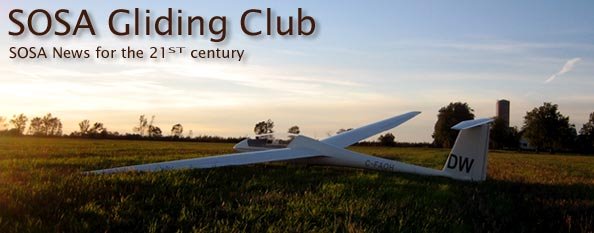 "Energy management is the number one thing you worry about. When you are at Mach 25 half way around the world from your landing point its very important to be at the correct speed and altitude all the way along so that when you get to your intended landing site you are not coming up short. Going fast is just as bad and you could end up whistling right by at a high Mach number and never be able to get back.
"Energy management is the number one thing you worry about. When you are at Mach 25 half way around the world from your landing point its very important to be at the correct speed and altitude all the way along so that when you get to your intended landing site you are not coming up short. Going fast is just as bad and you could end up whistling right by at a high Mach number and never be able to get back.Going too fast or too high is as bad as being short because the Shuttle has a poor turning radius and, for instance if you arrive overhead at Mach 2 rather then the planned Mach 1 you probably don't have enough energy to turn around and get back to the airport. It takes too much energy to make a turn at high speed and you would find yourself short on the far side of the airport, which is just as bad.
Keeping track of that energy, which you can't do by looking out the window like in a normal glider - when you are out over the ocean, there is nothing but water so you are dependent on the electronics and navigation system.
Until you get down to Mach 1 and 45,000 ft over the landing airport you can take control manually and actually control the altitude and direction, but you have no way of doing that accurately without the navigation system, so crews usually fly coupled into the auto-pilot.
All of the Shuttle landings so far have been controlled manually, So once going through subsonic in the vicinity of the airport, the pilot will take control manually to get the feel for the handling and do the rest of the approach, line up, final approach, flare and touchdown with his hand on the stick."
_(19_April_2002).jpg)
While flying the Shuttle is obviously quite different from our gliders, the concept of energy management is certainly the same. You have probably heard instructors talk about energy management. Gliders have two types of energy, Potential Energy and Kinetic Energy.
Potential Energy is gained from altitude and is expressed mathematically as PE = mgh (mass x gravitational acceleration x altitude)
Kinetic Energy is gained from speed and is expressed mathematically as KE = 1/2 mVV
(half x mass x velocity squared)
Some of this energy is lost due to drag, and this is the reason that gliders cannot stay up for ever. While flying, a pilot manages this energy by trading potential energy for kinetic (altitude for speed).
When talking about energy management we need to consider that both speed and altitude come into consideration. So for example, we normally join the circuit at 1650 ft ASL (800 agl) at about 50 kts. This gives us a certain amount of energy to use up in the landing pattern before coming to rest on the runway with zero energy. If a pilot were to join the circuit at 1150 ft ASL (300 agl) at 120 kts does he have the same energy available to use? Mathematically speaking, yes.
Flying gliders, especially in the circuit and in preparation for landing is all about energy management - just the same as the Shuttle, only on a much smaller scale! The spoilers are also a part of our energy management, since they increase drag and allow us to shed energy.

As pilots it is our job to judge our energy and make the appropriate trade-offs between speed, altitude and increased drag so as to arrive at the intended touch down point with just enough energy to flare and touchdown.
